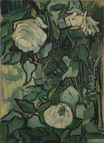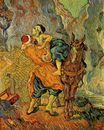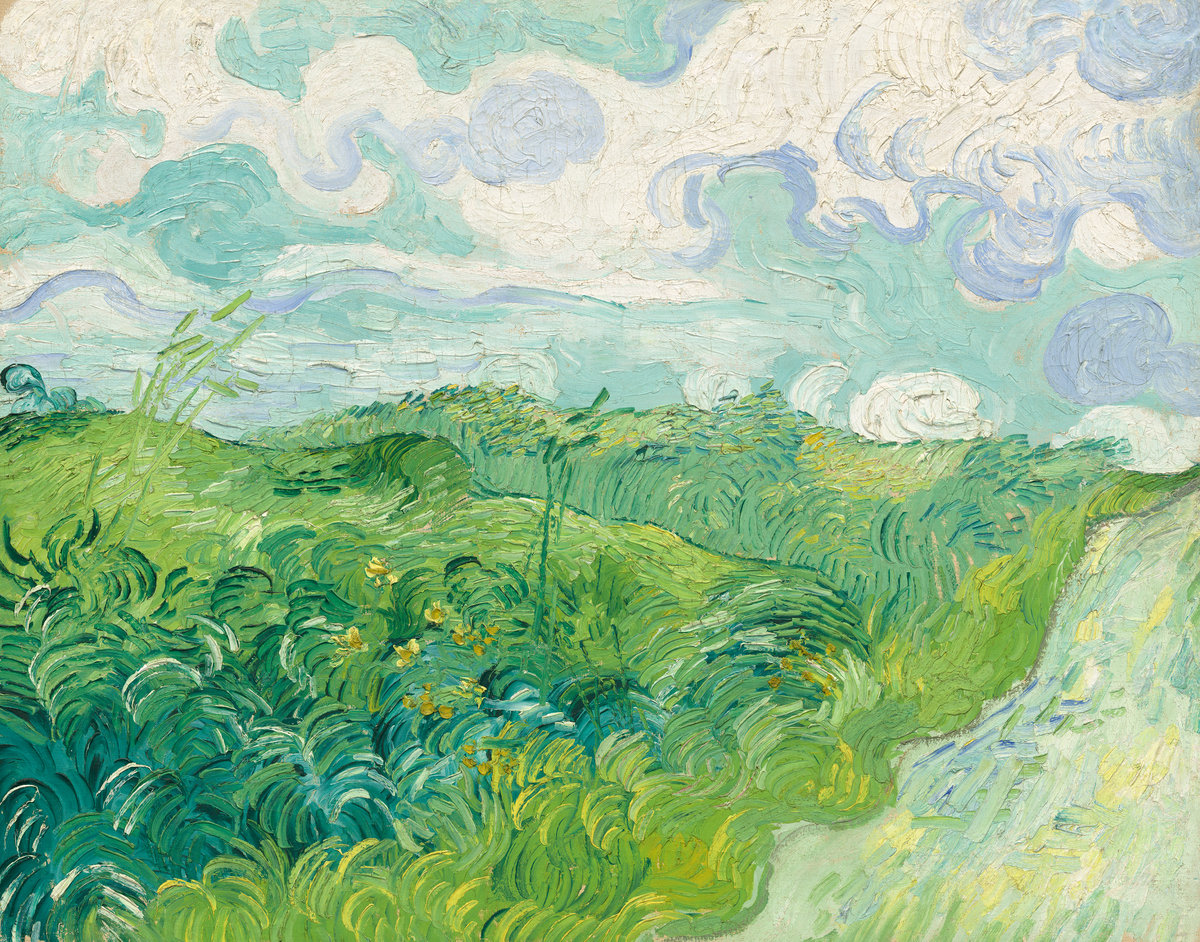Vincent van Gogh - Green Wheat Fields 1890
 |
 |
 |
 |
 |
 |
 |

Green Wheat Fields 1890
73x93cm oil/canvas
National Gallery of Art, Washington
<< Previous G a l l e r y Next >>
From National Gallery of Art, Washington:
Green Wheat Fields, Auvers was painted during these final months in Auvers. In this village just north of Paris, Van Gogh painted the Romanesque church, the town hall, and some of the picturesque thatched-roof houses. As he did in the countryside surrounding Arles and Saint-Rémy, he also painted more or less "pure" landscapes. This work is indeed singular in that there is no legible motif beyond the grassy field, road, and sky, no animals or figures, but instead lush flora whipped up by the wind. Two-thirds of the composition consists of the field in a rich range of greens and blues, punctuated by outbursts of yellow flowers. The artist wrote of his return to northern France as a kind of homecoming, a peaceful restoration in which the vibrant, hot colors of the south were replaced by cool, gentle hues in green and blue. Van Gogh's energetic strokes describe the movement of grassy stalks in the breeze, their patterned undulations creating a woven integral form anchored at the right by a juncture of field, road, and sky. There the turbulent vibrations are held in place, just barely. Over the scene the clouds whip around in spinning circles, opening out and closing in, Van Gogh's brush squiggling across the surface in broad calligraphic strokes. The paint is applied in thick impasto, creating the textured surface of Van Gogh's best-loved paintings. Through his dynamic touch and vivid, rich color, Van Gogh expresses the intense freshness of this slice of countryside.